The deep red, perfectly ripe, and round tomatoes that you stare at in the supermarkets may look inviting, but the marvel comes with a lingering fear that you may also be ingesting some pesticides when you eat them.
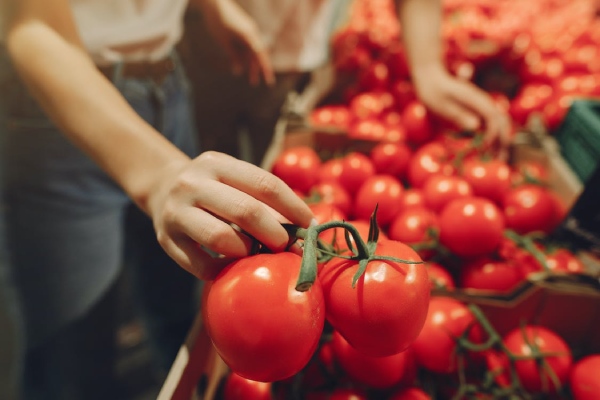
The difference between a mushy thick-skinned store-bought tomato and one that is fresh off the vine, especially the exquisite cherokee purple tomatoes, is so vast that it beggars belief, which is why the tomato has always been the poster child of proud home gardeners. However, every vegetable grown at home will have a similar gulf in taste and quality. All it takes is a bit of your time and some planning. Gharpedia is here to help you with some tips for vegetable gardening at home, with the hope that you manage to spare some time to grow your vegetables at home.
In this article, we will cover vegetable gardening basics, vegetable types, and space requirements, among other topics, after which we will discuss how to plan specific gardens.
Vegetable Gardening Basics
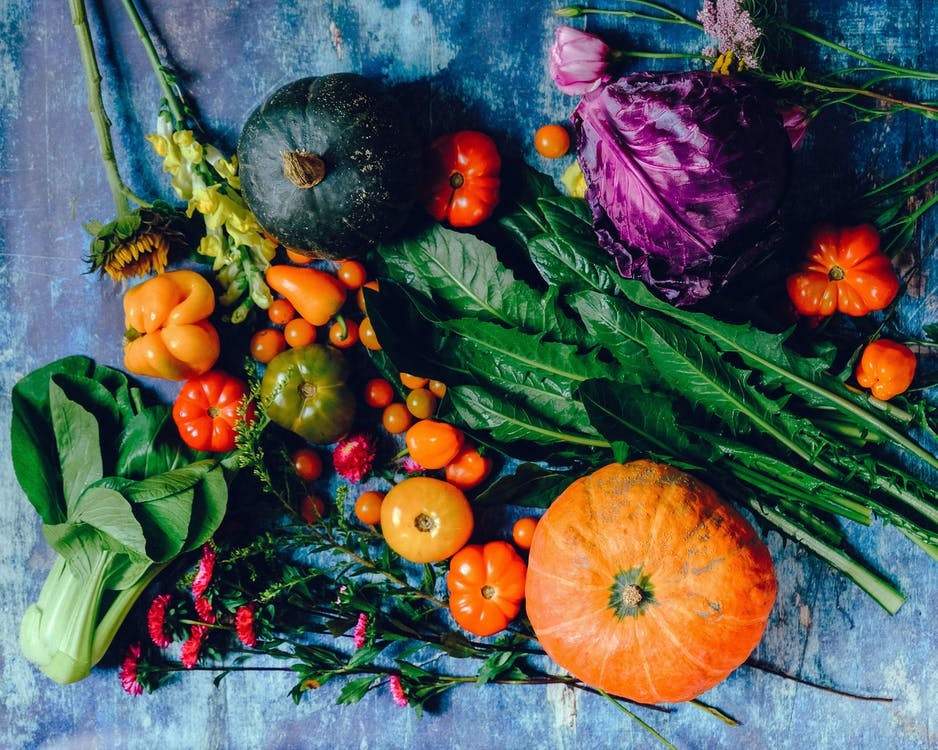
We will be planting vegetables in containers due to the flexibility they provide. Every plant, including vegetables, requires the correct soil, a container, sunlight, water, and the appropriate temperature. Let us delve deeper into the topic, keeping in mind the important caveat that the following information is general and is aimed at simplifying a complex topic.
Soil for Your Vegetable Garden
Potting Mix vs. Potting Soil: The Eternal Debate

The planting medium used in containers is usually a potting mix, a mixture of organic materials like peat, coir, pine bark, vermiculite, perlite, etc. Formulated especially for container gardening, potting mix is light, fluffy, and sterile. It provides good drainage and aeration, allowing plants to spread their roots with ease. Its sterility means seeds don’t have to contend with harmful pests/fungi during germination. However, the basic ingredients that make up the potting mix are not easily sourced individually and will almost certainly have to be store-bought. It will also degrade with time and will not stand up to the rigor of repeated planting, making it a more expensive option.
Then there is potting soil which may contain various materials, one of which is actual soil. Potting soil is not ideal for containers because it affords a small margin of error. Being denser, it will become compact over time, affecting drainage. However, potting soil is cheaper when bought at the store and can even be easily made at home by the enterprising home gardener. Earth or dirt, as it is known in the West, is plentiful and cheap after all. Just mix it up with compost and other commonly available materials to make your mix. Being perdurable, it will withstand any number of plantings so long as the soil quality is maintained with suitable top-ups of nutrients and other materials.

We still recommend putting in the extra money and using a potting mix, especially if you are new to container gardening. It is less of a hassle and you won’t have to worry about soil pH levels or harmful pathogens. Potting mix gives a home container gardener greater control. Although the sterile potting mix is perfect for germination and seedling growth, rapidly growing plants will need their nutrition in the form of fertilizers soon enough. Mixing granular organic fertilizers in the mix before transplanting seedlings should suffice. If more fertilizer is required later water-soluble varieties can be added during routine watering.
You can also use expanded clay aggregate to grow your vegetables. Learn all the details about expanded clay aggregates by clicking the link below:
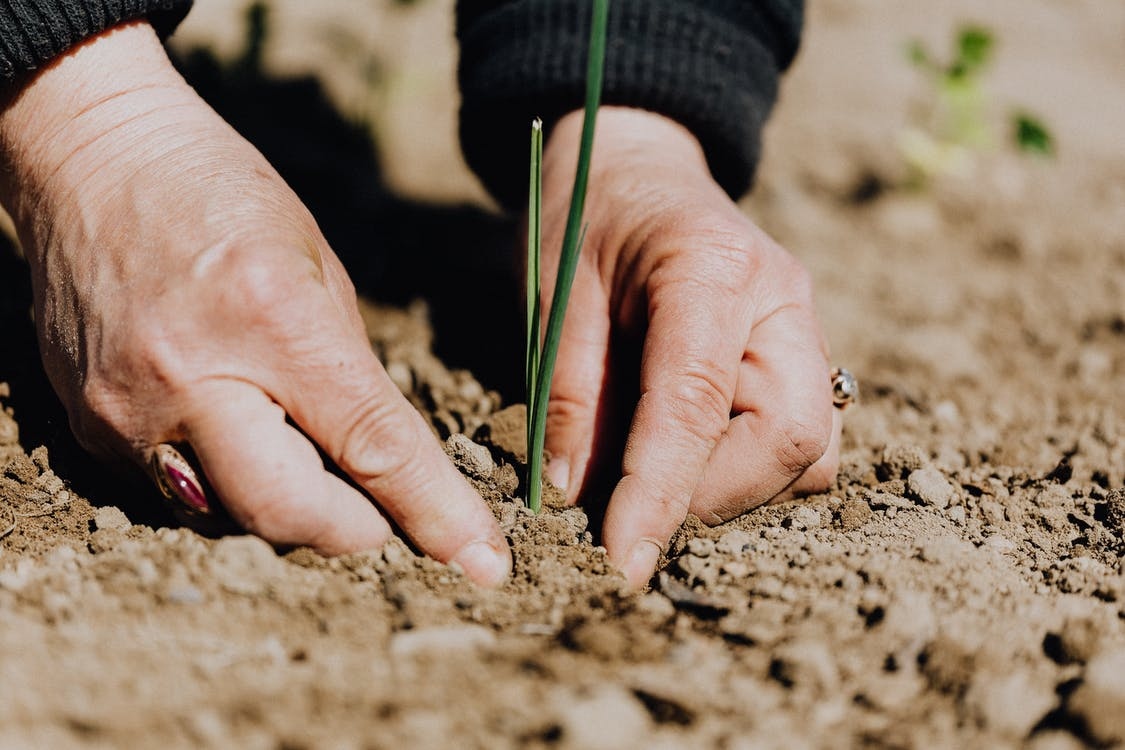
Containers to Grow Your Vegetables
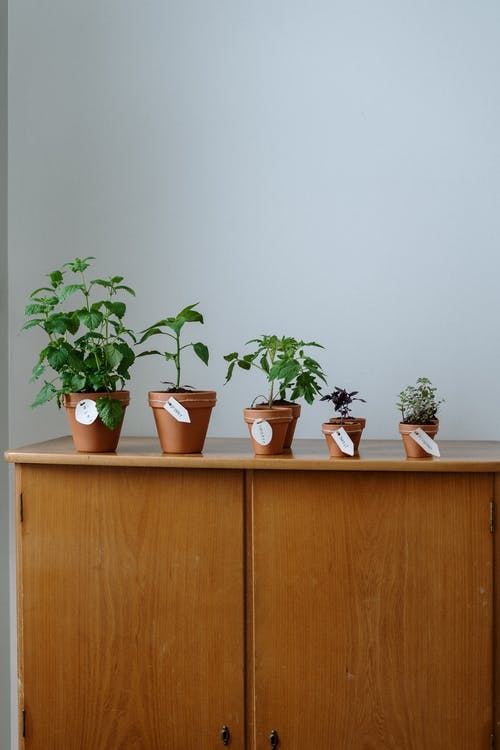
Available in a bewildering variety of shapes and materials, from the hoary humble round clay pot to the state-of-the-art fabric pot, all materials can be used as containers for your vegetables. Yes, each material comes with its advantages and disadvantages, like how clay soaks up water and plastic does not. Clay pots will require frequent watering, especially when it is hot and dry. Plastic is durable and resistant but can become brittle over time with exposure to the Sun. Concrete is a good option for colder climates because it acts as a heat sink during the day, preventing the soil moisture from freezing during the night. It is better to not get into the minutiae while starting as a home gardener; get whatever is easily available. Sooner or later, you will get a good idea of which material is right for you. Ensure that the container is food safe as chemicals can leech into the soil and get absorbed by the plants. For size, the simple thumb rule is: big is better. We recommend the classic rectangle: a minimum of one foot wide and one foot deep. You can determine the length of the container as it needs to fit in the ear-marked space. Most containers are built in such a manner that the drain holes are slightly raised.
If you are not well-versed in container gardening but want to try it out for yourself, you can click on the link below:
Sunlight for Your Vegetable Garden

Vegetables love the Sun. According to the ‘University of Tennessee’ (as published in Growing Vegetables in Home Gardens), most garden vegetable plants require at least six hours of sunlight in a day to produce a good yield. Yes, some vegetables may do well in the shade, but it would be best if you pick a spot where the plant will get at least six hours of direct sunlight.
Water Needed of Various Vegetable Plants
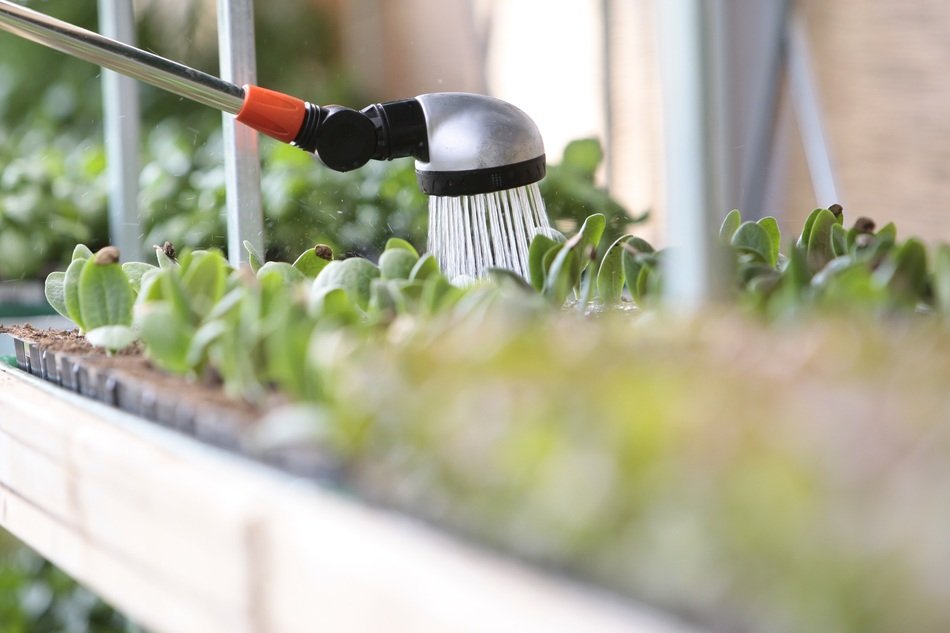
Most amateur gardeners are guilty of over-watering their plants because it is difficult to figure out how much water your plant needs. The ideal amount of water depends on the specific type and variety of plants, growth stage, type of container and potting medium, and the prevailing weather. Containers provide many advantages over a vegetable garden patch, but most gardeners would agree that a simple watering technique is not one of them. A simple rule of thumb (quite literally!) is to stick a finger an inch into the planting medium. If it is dry, then water the plant. In general, you should be aiming for a moist but well-drained planting medium. In time, as you get a feel for it, the plants will ‘talk’ to you, and watering will become instinctive. In the pursuit of setting up and maintaining your vegetables, watering is probably the most intensive activity that you will undertake. Hence, it might be worthwhile to invest in self-watering planters or a simple drip irrigation system, especially if you are unable to water the plants in a disciplined manner or are otherwise physically constrained.
Appropriate Temperature for Growing Vegetables
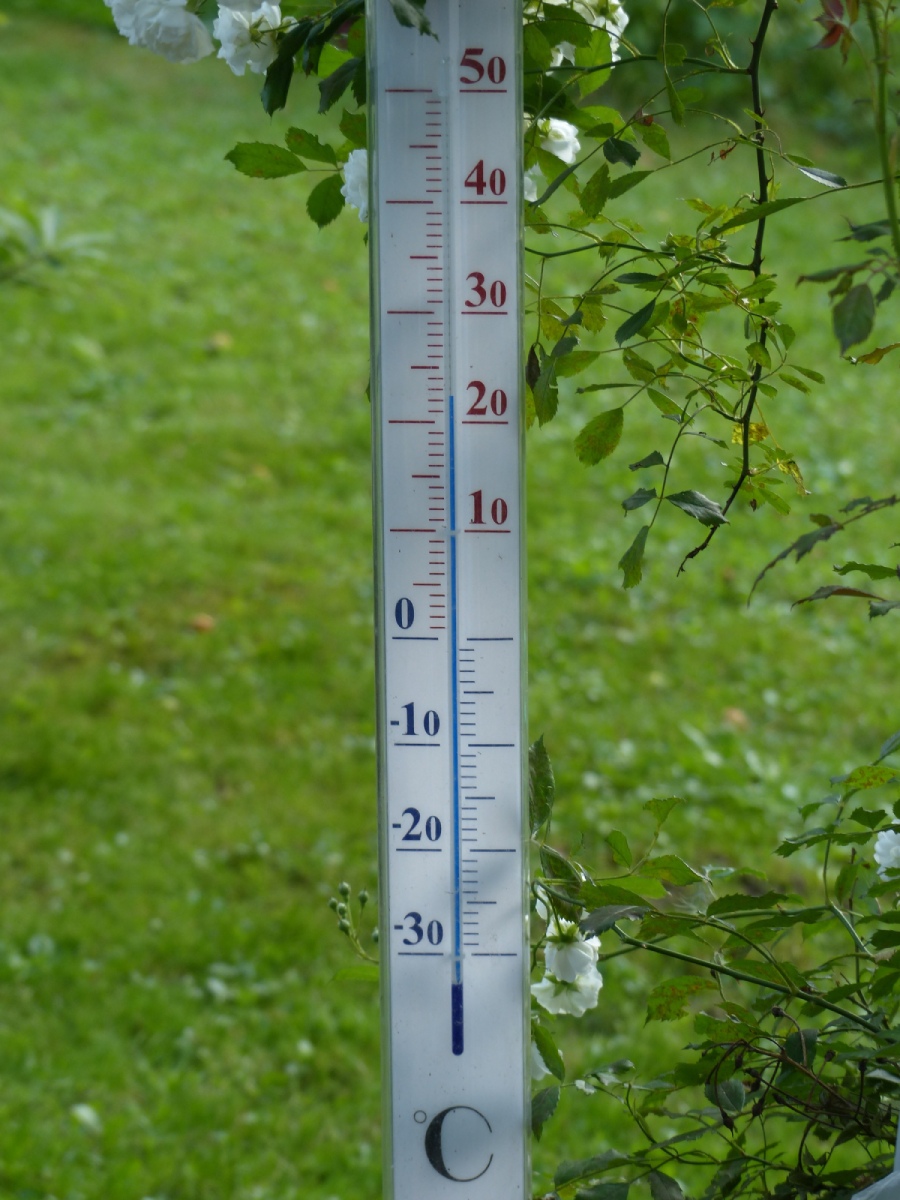
Typical summer vegetables include cucumbers, eggplants, okra, peppers, tomatoes, green beans, and squash. In general, summer vegetables thrive in average temperature ranges greater than 25°C.
Winter vegetables like carrots, cabbage, cauliflowers, beets, turnips, sweet potatoes, green onions, radish, and spinach grow well in temperatures below 10°C.
Vegetables don’t do well in very hot (>35°C) or very cold (< 0°C) average temperatures.
The Specifics
Let us now get down to specific vegetable gardening recipes for specific people and settings.
01. Small Apartments with a Sunny Corner/Tiny Balcony, Low Maintenance, Starting Small:
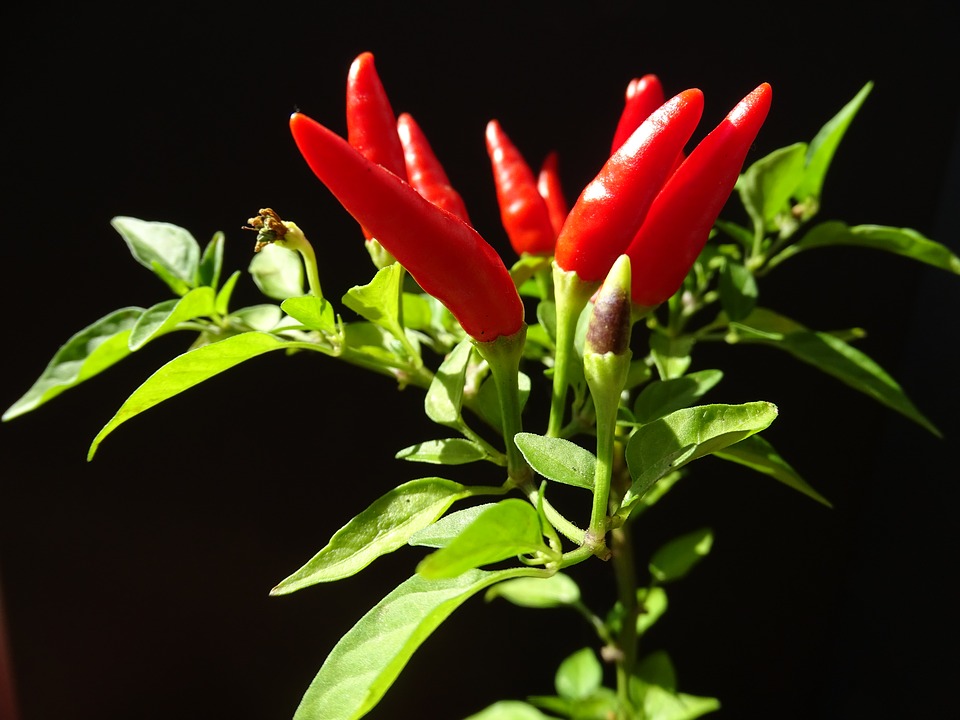
Container: Plastic with self-watering/automatic irrigation mechanism. Measurements: 1 foot x 1 foot x 2 foot (width x depth x length).
Plant Type: Chilly (Summer):
a) Purchase seedlings from a local nursery and transplant them directly into a potting mix combined with compost/granular fertilizer. You will want, at most, a couple of plants. So, transplant a few more seedlings just in case some of them don’t grow.
b) Water sparingly with wet and dry cycles and ensure plenty of sunlight. Cull weaker plants.
c) Watch the plants bloom and enjoy your fresh chilies.
Plant Type: Radish (winter):

a) Sow seeds in potting mix.
b) Keep well-watered.
c) Radishes will grow fast (a couple of weeks). Don’t leave in the soil for too long. Harvest and resow regularly.
02. Apartments with a Large Sunny Balcony, for The Potential Amateur Gardener with Some Time to Spare:
Container: Concrete with plastic lining. Measurements: 1 foot x 2 foot x 4 foot (width x depth x length).
Plant Type: Tomato with Basil (summer):

a) Procure Tomato and Basil seedlings from the local nursery. Prune the bottom leaves and plant them deep in potting mix with some granular organic fertilizer.
b) Water well, keeping the soil moist at all times. Stick to the one-inch rule. Ensure proper drainage.
c) Aim to nourish three tomato and two basil plants. Cull accordingly.
d) Top-up fertilizer. Consider adding compost.
e) Stake and cage before tomatoes become too large/unwieldy.
f) Pluck ripe tomatoes. It is best to use them immediately.
Plant Type: Carrots (winter):
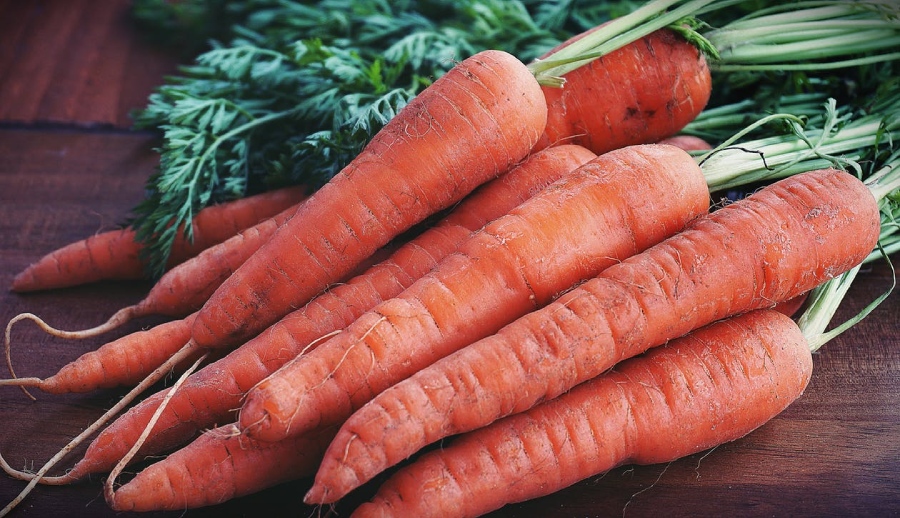
a) Sow carrot seeds about a centimetre deep in a moist potting mix.
b) It takes up to three weeks for the seeds to germinate. Be patient.
c) As the seedlings grow, pull out the weaker ones. Aim to have about three centimetres between seedlings.
d) Add soluble fertilizer.
e) Harvest as required.
Final Words:
Vegetable gardening at home is an intensely rewarding experience. As a hobby, there is nothing like it. The primal connection with nature and the pure satisfaction of taking control of your food is an extraordinary experience. Give it a shot.
We have gathered some more information in other blogs about kitchen gardening for our readers. Thank us later while enjoying fresh vegetables from your garden.
How to Grow Five Organic Vegetables on Your Terrace?
Tips to Start Organic Kitchen Garden in Your Home!
Tips to Maintain Your Kitchen Garden This Season!
Image Courtesy: Image 13
Author Bio
Anshu Sachdeva – Anshu Sachdeva is the founder and business head of boutique research and content firm based out of India. She has over ten years of corporate experience in consulting and research. She holds a masters degree in business management and is passionate about the application of research to do business faster, better, cheaper.

